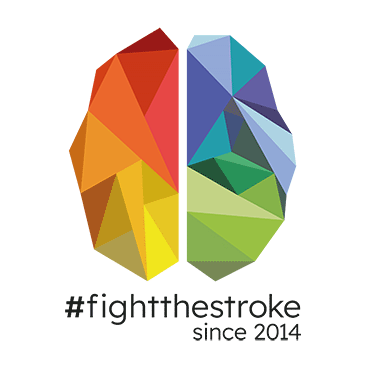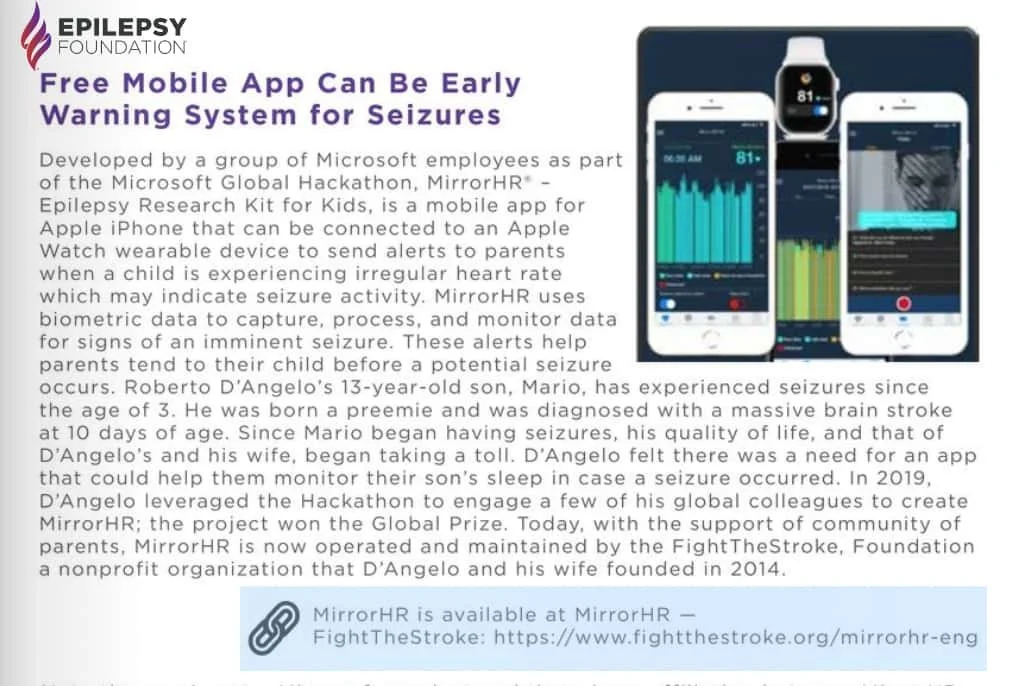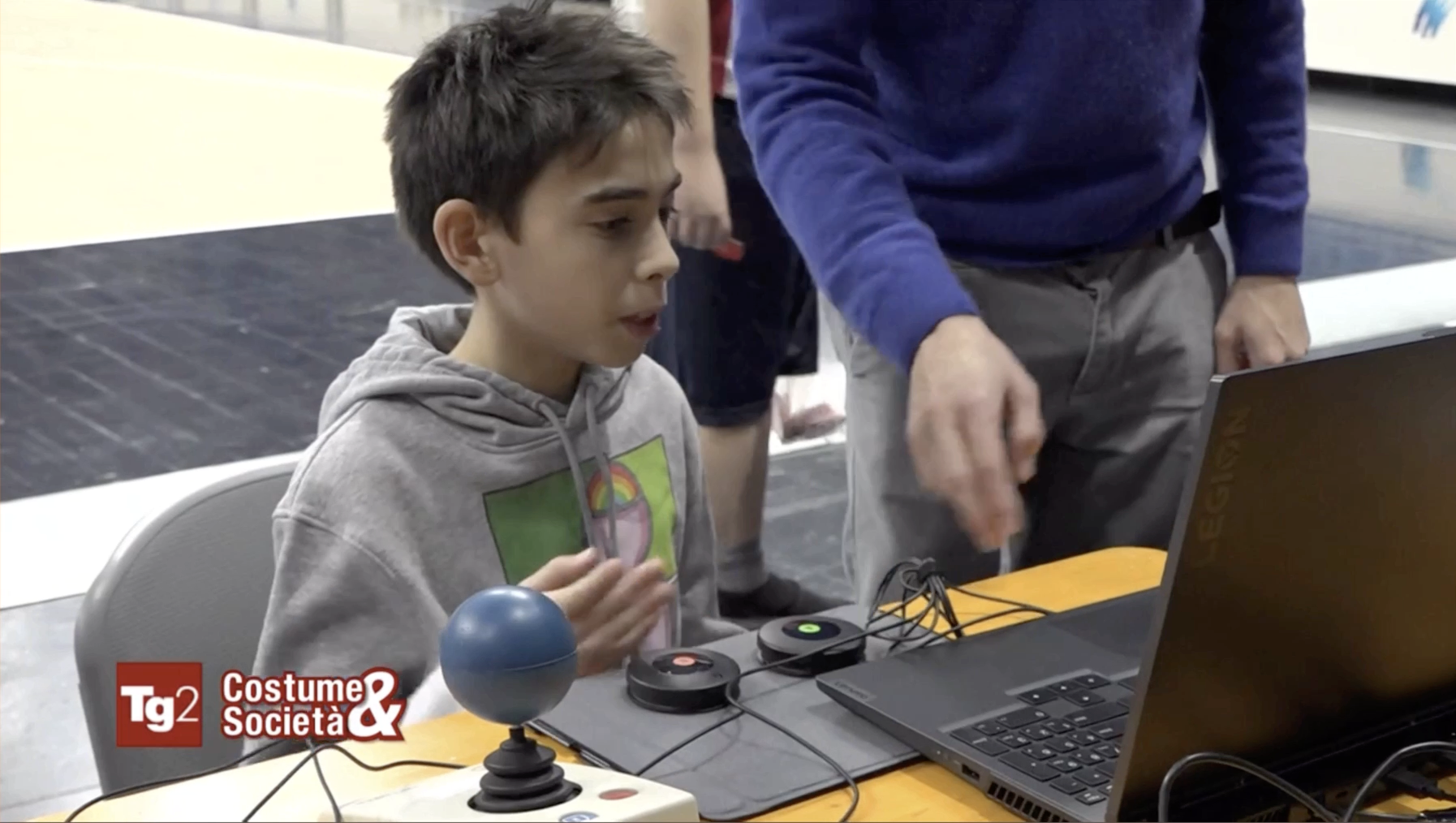Epilepsy is a chronic noncommunicable disease of the brain affecting 50 million people and making it one of the most common neurological diseases globally, according to WHO.
With proper diagnoses and treatment, 70 percent of people living with epilepsy could live seizure free, making access to appropriate care and detection of upmost importance.
Seizures can create challenges for the independence and day-to-day lives of people living with epilepsy. They can also lead to driving collisions, with 0.2 percent of traffic accidents linked to a form of seizure. A team at University of Sydney, led by Dr. Omid Kavehei, set out to answer an important question, “Can we improve the accuracy of seizure detection in epilepsy and can we predict a future seizure?”
According to the law in New South Walkes, Australia – home to the University of Sydney, people with epilepsy must be seizure free for at least 12 months to drive. This seizure free declaration is often based on a rough conversation between a patient and their clinician, with the clinician certifying they have been seizure free for a set period of time and patient reports. Given it’s not uncommon for patients to not remember seizures, or not have a family member or caretaker around with them, the certification process can lead to inaccurate outcomes. The researchers saw an opportunity to challenge the status quo and help clinicians make data-driven decisions.










